If you're going to carry on riding outside through winter, then the cold and wet conditions are best handled with something heavier, grippier and more puncture-resistant than your summer rubber. You'll need a set of the best winter road bike tyres you can afford, and this guide offers plenty of durably options to choose from.

Best winter road bike tyre overall: Schwalbe Marathon Plus Tyre

Best winter road bike tyre for puncture resistance: Bontrager R3 Hard-Case Lite TLR tyre

Best all-weather winter road bike tyre: Continental Grand Prix 4 Season

Best winter road bike tyre for reliability: Goodyear Vector 4Seasons tubeless tyre

Most durable winter road bike tyre: Hutchinson Challenger TLR tyres
Compared to standard road bike tyres, winter tyres are typically wider, with thicker tread and beefier puncture-prevention under that tread, and usually a bit cheaper — nobody likes trashing expensive tyres. Fixing a flat in the cold and wet is a miserable job, so it makes sense to use tyres with better puncture resistance to avoid it.
Fortunately, when it comes to winter road bike tyres, there are plenty of great options out there to prevent your rolling resistance from adding to winter sluggishness.
A set of gravel tyres is an alternative option to help you to find more grip and comfort (if your bike has the tyre clearance for them), staying rubber-side-down in the wet, and offering increased puncture resistance with a grippier tread.
If you're sticking with road tyres though, then here are some of our very favourites!
How we review tyres
As with everything we review here at road.cc, reviewing tyres takes time. This is why our experienced reviewers ride with any test tyres for at least a month before submitting their verdicts. The tyres are put through various riding conditions and scenarios, assessing factors such as the durability, puncture-proofness, construction quality and value. We believe that this comprehensive evaluation provides valuable insights into whether the tyres live up to their marketing claims in everyday riding conditions.
It’s important to note that our reviews aren't based on lab tests, so we don’t have access to specialist equipment like the folks at Bicycle Rolling Resistance or Wheel Energy. While scientific data is valuable, we believe our observations into ride quality, grip, puncture protection, and even how easy they are to get on or off, offer useful perspectives as well.
Why you can trust us
Our reviewers are all experienced cyclists, and so are the road.cc team members who put these guides together, which means you can be sure the product selections are our genuine top picks, not just a round-up of things we can make a commission from.
When it comes to road.cc buyer's guides, we will only ever recommend products that fared well in reviews. All of the tyres featured here scored 4 out of 5 stars or more overall from our reviewers, indicating very good, excellent or exceptional quality according to our reviewers' opinions.
With all that said, it's time for our top winter road bike tyre picks.






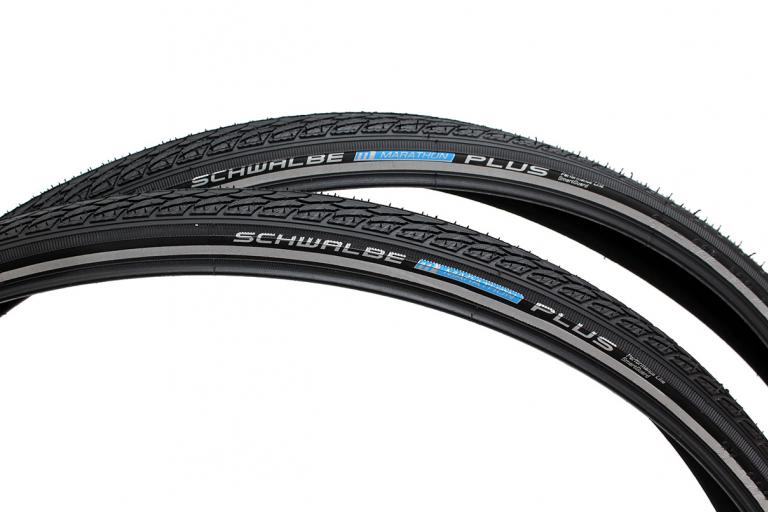
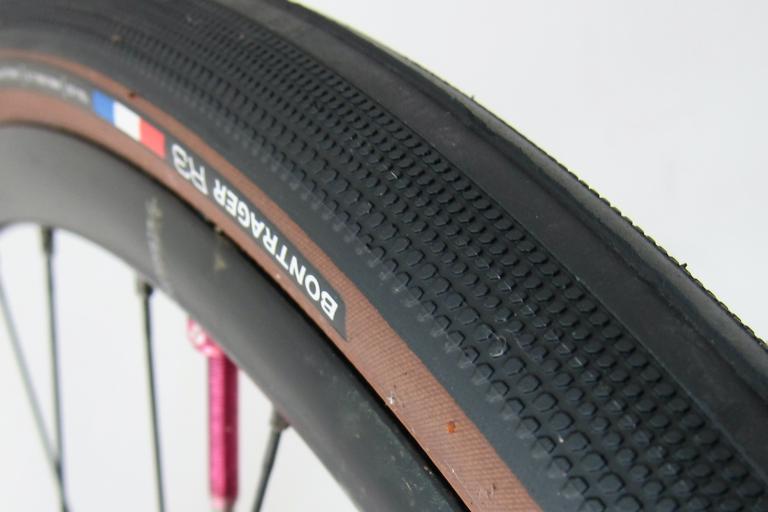
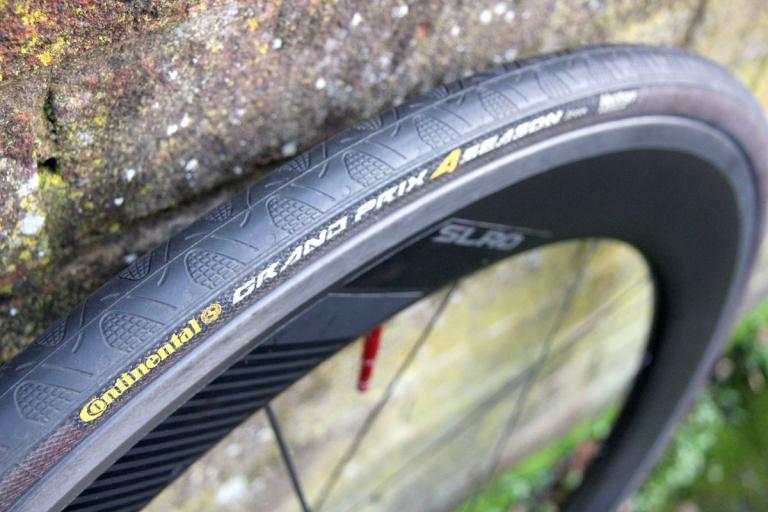
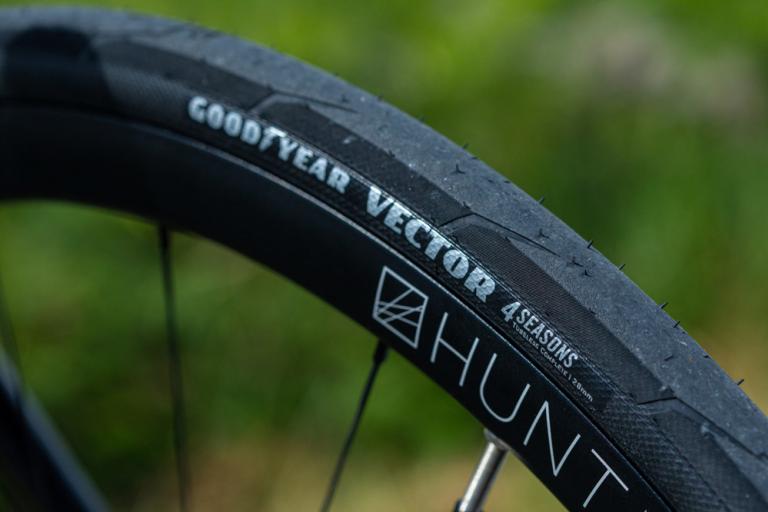

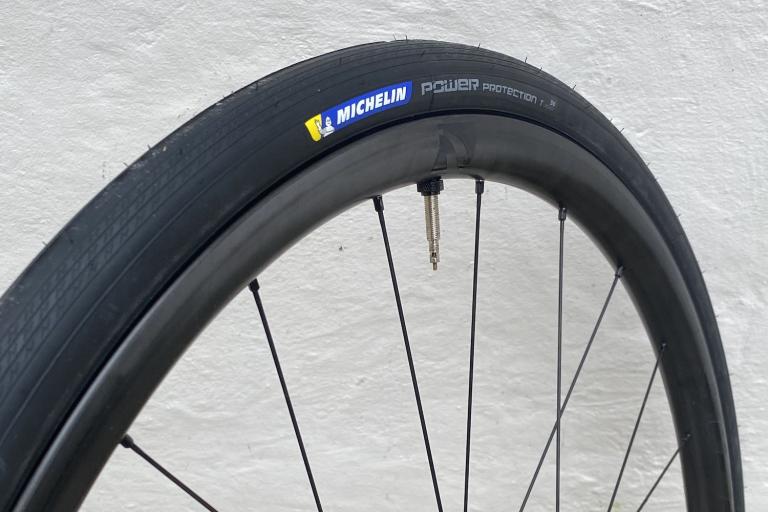
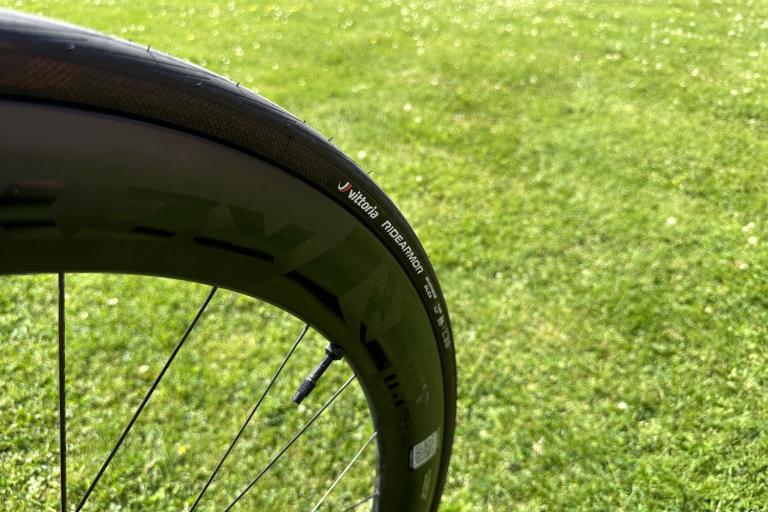
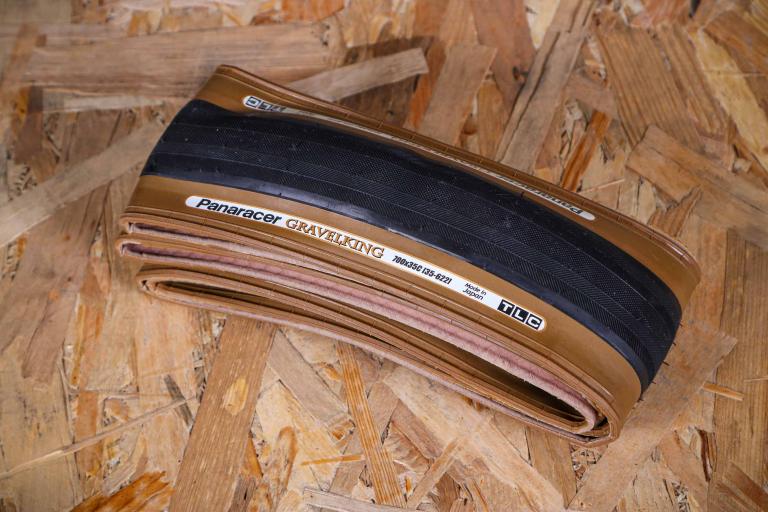
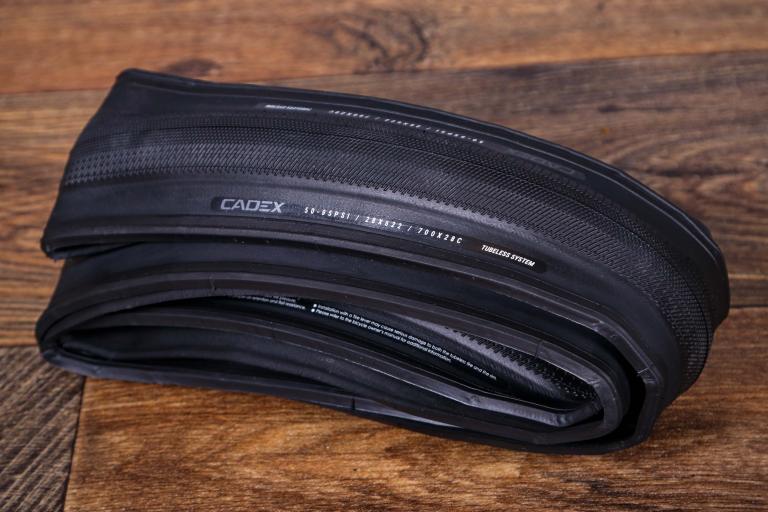

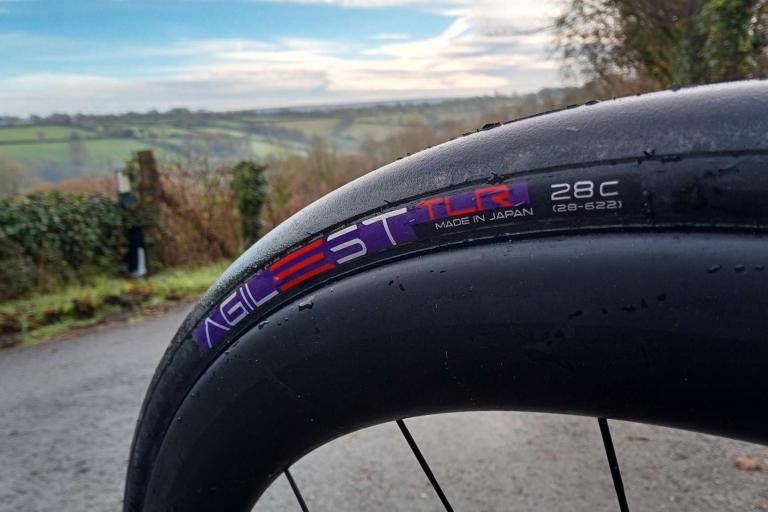
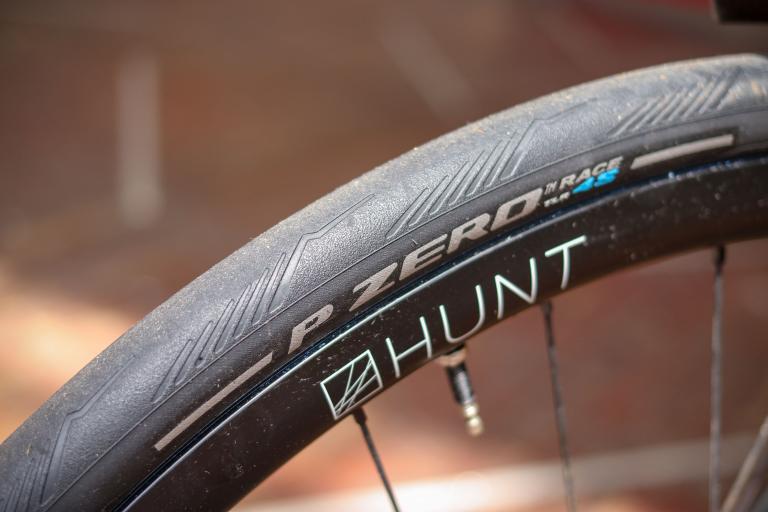
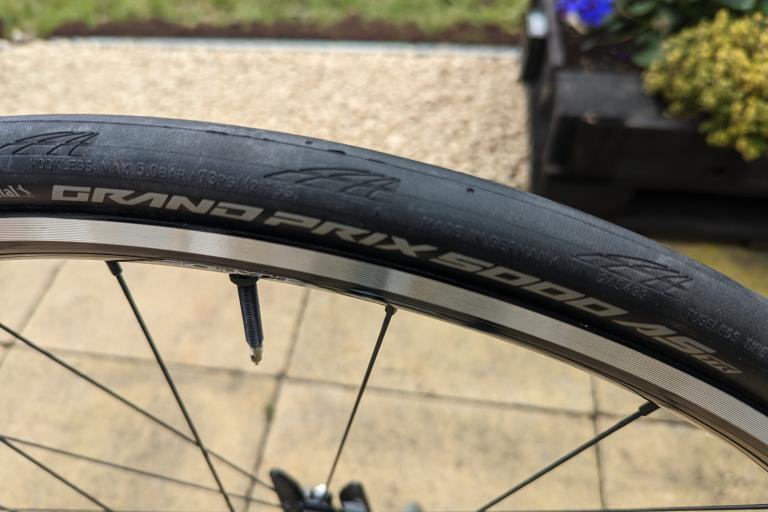
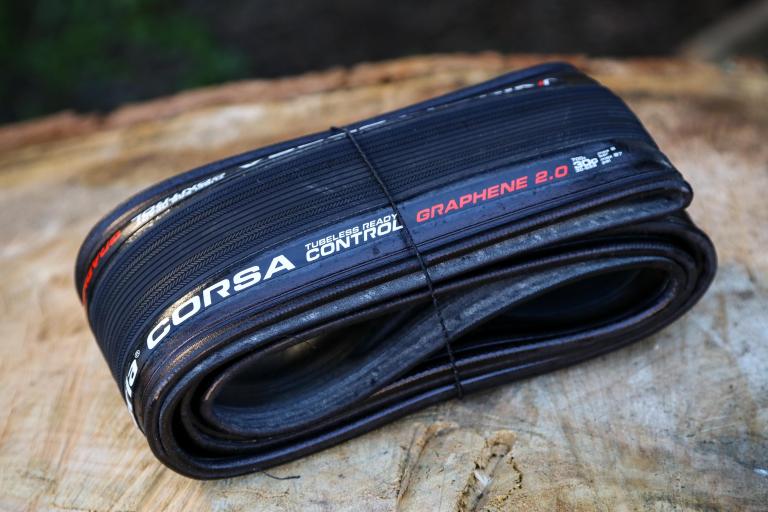
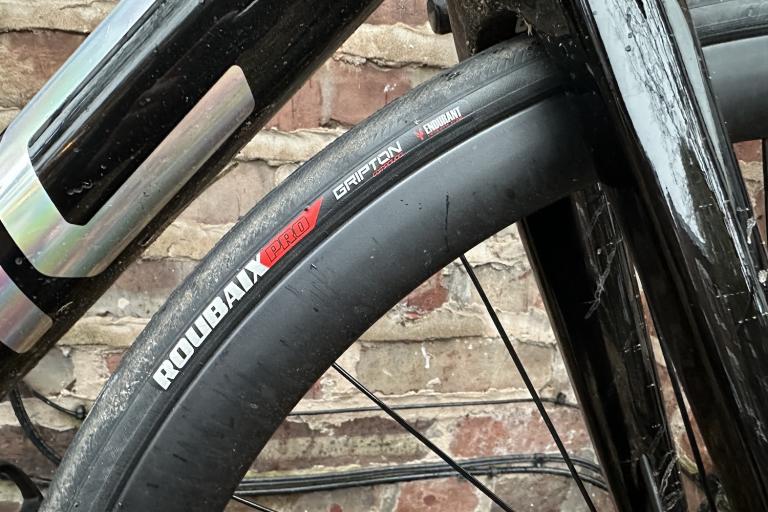
Add new comment
36 comments
None of these tyres are 'winter' tyres in the same sense of the word that winter tyres are for vehicles, i.e. they don't have the sipes & tread or made from a softer compound that is both more flexible and grips better in the cold. There are 'proper' winter tyres available, how about testing some of these.
I'm thinking CX tyres...
Maybe it's just tiny differences in wheel dimensions, because I haven't had any trouble taking the M Plus off- I haven't had a puncture for 18 months or so and I haven't had to fix a puncture out on the road, but they have sailed through all my long camping journeys with the trailer. That's so heavy, I can't really detect all the weight and rolling resistance problems of the M Plus.
I'm not sure we'll ever see winter weather as we know it again
https://www.bbc.co.uk/news/science-environment-67017021 (link is external)
We'll be needing tyre compounds that work in soft tarmac.
At least the flowers in Antarctica are looking nice:
https://www.sciencealert.com/flowers-are-spreading-in-antarctica-as-summer-temperatures-soar (link is external)
Or judging by last winter and the way this one is shaping, tyres that float to get through floods.
My Hutchinson Challenger TLRs have done 2k miles since February with no punctures, so far, so good.
The cow do never dried out all summer so never changed the RH knobbies from last winter.
A friend commented on his strava upload after a wet ride at the weekend "Definitely need to get the winter bike out! 🚜💩 all over the roads"
I was tempted to reply that I've been riding the winter bike (full length mudguards, Durano DD tyres) for most of the year. <sigh>
Running almost completely slick tyres during winter seems like a dreadful idea. Most on this list would be terrible choices.
I don't see the problem with slicks during winter if you're on road as tread patterns are not going to do much anyway. I heard somewhere that tread patterns are to prevent hydroplaning which isn't a problem with cycles as they don't go nearly fast enough. However, wet metal surfaces (e.g. drains) and certain types of painted surfaces are to be avoided, but I don't think treads do much to help with that anyway.
Sheldon Brown is interesting on this (he also agrees it's impossible for a bicycle to hydroplane):
"Most people assume that a smooth tire will be slippery, so this type of tire is difficult to sell to unsophisticated cyclists. Most tire makers cater to this by putting a very fine pattern on their tires, mainly for cosmetic and marketing reasons. If you examine a section of asphalt or concrete, you'll see that the texture of the road itself is much "knobbier" than the tread features of a good-quality road tire. Since the tire is flexible, even a slick tire deforms as it comes into contact with the pavement, acquiring the shape of the pavement texture, only while in contact with the road.
People ask, "But don't slick tires get slippery on wet roads, or worse yet, wet metal features such as expansion joints, paint stripes, or railroad tracks?" The answer is, yes, they do. So do tires with tread. All tires are slippery in these conditions. Tread features make no improvement in this."
Agree with uncle Sheldon. Threads seem to work in various gravel/mud that the surface is deformable under bicycle weight.
I think threads have survived till now due to resemblance to car tires, but cars may face serious aquaplanning so it makes sense for them.
I use now Continental Contact Speed which is the cheapest around my area punctureproof option for commuting. Too lazy to change tubes.
I think it was a mavic tyre that the tread faced one way for rear and the other for front. Always seemed some marketing mumbo jumbo.
It was the Mavic Yksion Pro, not just the tread pattern, the construction and compound were allegedly optimised so that the front (Griplink) would be better for cornering and water evacuation and the rear (Powerlink) would be better for speed and power transfer.
I did have a set, which came with an otherwise very good Ksyrium Pro wheelset circa 2015, I can't speak for whether the tyres worked as described as you only had to look at them funny and another cut or slice would appear. Replaced with Conti GP4000 after a month of being torn to shreds on Dorset's fine roads.
That's the one. I remember describing them as a cliff edge, once you got wear to that point, they just continually punctured.
Duplicate posts are back...
Here's another interesting take on bicycle road tyre tread and what its good for:
https://www.renehersecycles.com/myth-6-tread-patterns-dont-matter-on-the... (link is external)
The essence of the article is that, just as grip to a road is provided by the road knobbles deforming the bicycle tyre to match the knobble shapes - and hence providing a greater and grippier contact patch - so do tyre treads perform the same function. They provide a "rougher" and larger interface with the road knobbles albeit at a smaller scale and, by doing so, enhance the contact and grip between tyre and road even more.
Is it true? I confess I never risk a degree of lean on the wet corners to empirically test for the slide-off-and-get-gravel-rash cusps.
Interesting read, though I would think a cynic like yourself would take an article by a tyre manufacturer saying why their tyres are great with a pinch of sodium chloride?
Yis, a good pinch of the salt should be considered with all of Jan H's articles. However, unlike many who write similar tech stuff about this and that, he does seem to make an effort to reference solid info or data from elsewhere in support of his case. He also conducts his own tests and seems to try to make them real-world and to control variables other than those he's testing.
It's not the usual pure PR and advert buzzword nonsense, at least. (For details of that, cast about this website in the "product news" parts).
But, in the final analysis, anyone making claims for the superiority of their own product is going to have to try harder than the average disinterested academic to provide a watertight case and incontrovertible supporting data. Even academics can push their own preferences - its not really possible for any human to be fully objective, after all. But product-floggers are sometimes a long, long way from objective and well into the post-modern swamps of made-up-stuff.
Still, the Jan H article is interesting in that it provides an alternative case to the usual one of bike tyres not needing "tread" as they can't aquaplane. Essentially, this article is saying that tyre treads have additional functions to the prevention of aquaplaning (and not just that psychological thing in the cyclist mind). Is it so? More sources on the subject from those with good reputations are needed.
He does make lovely tryes though.
And his writing is always interesting and thought provoking.
One day I will get a set of his tyres...
I think you and the others who replied to me must live down south where it doesn't snow as often. I live in Durham and have to cycle through snow, ice, and slush every year.
It depends where you ride and the road conditions in winter. Personally, I'd never use slicks in winter, as the local rural roads are covered in filth (mud, gravel, etc ) - and getting off road and onto the local trail means a file tread/ light gravel tyre is a better bet.
You'd need to be doing 200 mph on 25mm tyres to aquaplane, treat only helps to remove the water beneath the tyre, the road is what grips the tyre, not the other way around.
Conti gp4000/5000 23mm on the front and 25mm on the rear, same as summer, turn bike upside down and check for glass every few rides with smartphone torch, sorted, life's too short.
Sorry, "upside down" you say? 😳
I can't say I would trust these semi-race type tyres (P Zero, Corsa) through the winter. Marathon Plus is at the other extreme. The Hutchinson Challengers sound like they may be worth a try.
I have been on Schwalbe Durano DD for 2 or 3 years now and the standard Durano before that. Both clock up well over 6,000 miles before replacement and only troubled by the occasional large thorn (the most common issue I've had on country lanes). I ran 25mm Durano Plus one year, they were tough but the stiff sidewalls made them feel harsh.
I switched from Conti Gatorskin hardhshells to the Hitchinson Challengers about 10 months ago. Defintely reccomend them. They are a huge step up. Had one puncture (about the same as I had for the Gatorskins for the time period), but the ride comfort is so much better, grip and rolling resistance feels leagues better. Good value too.
Marathons are a wierd overall choice. Strong and reliable but not particularly grippy or supple and an absolute bugger to fit in certain sizes and rims.
Used them on my folder but wouldn't on my winter bike.
Straight Marathons are good for commuting (I've fitted them on my hybrid), but pluses sacrifce too much in terms of grip and being a PITA to fit, for me .
I recently swapped out my Marathon Pluses for Marathons. I felt more secure with the Pluses, but was so fearful of what would happen if I had to try and get the Plus off the wheel while out and about... <shudder> I had enough trouble sitting in my kitchen with a strong cup of tea.
Pages